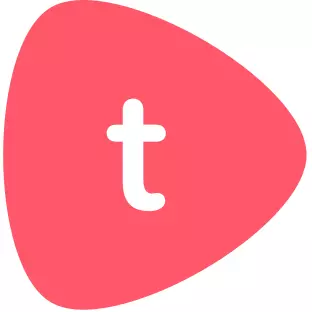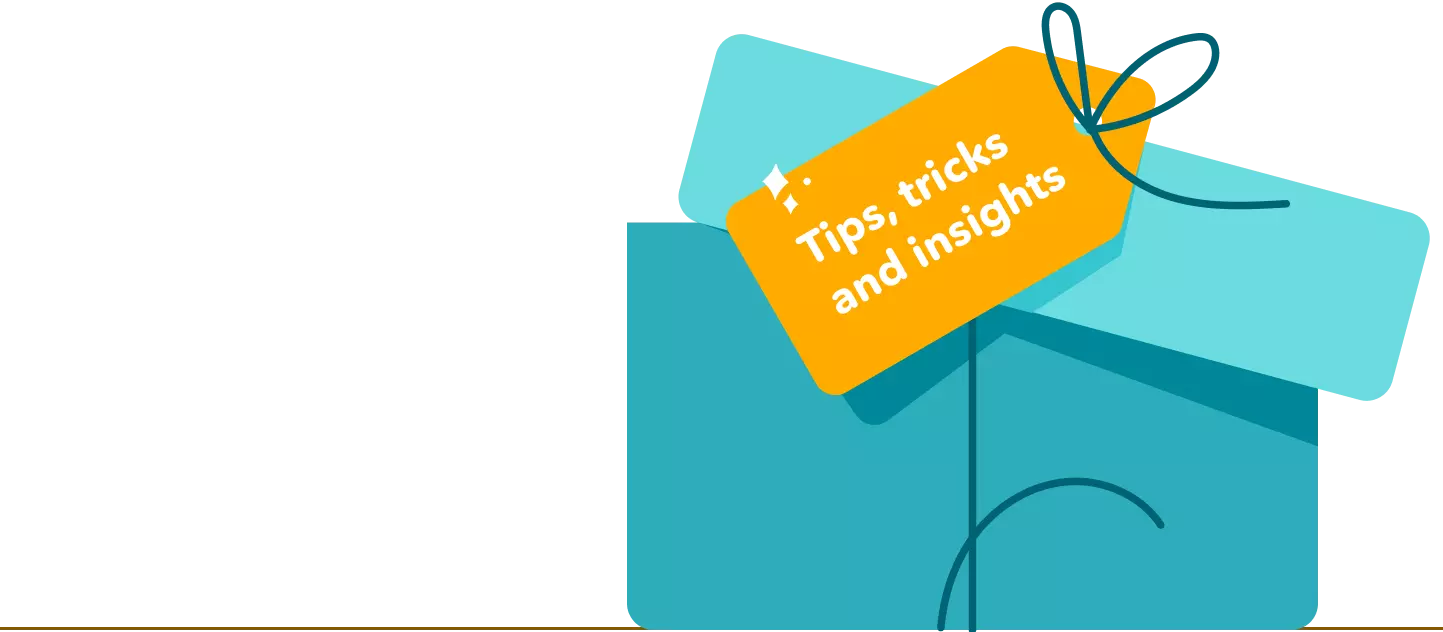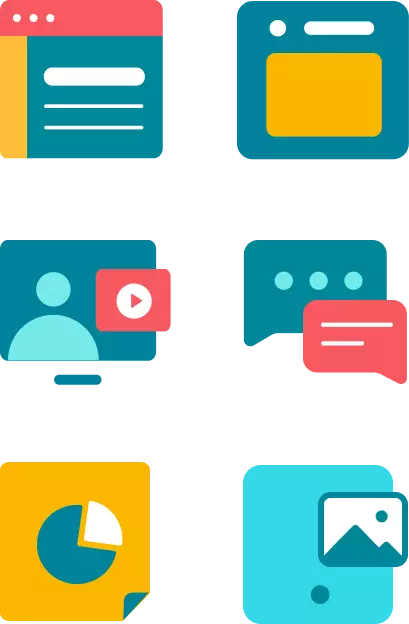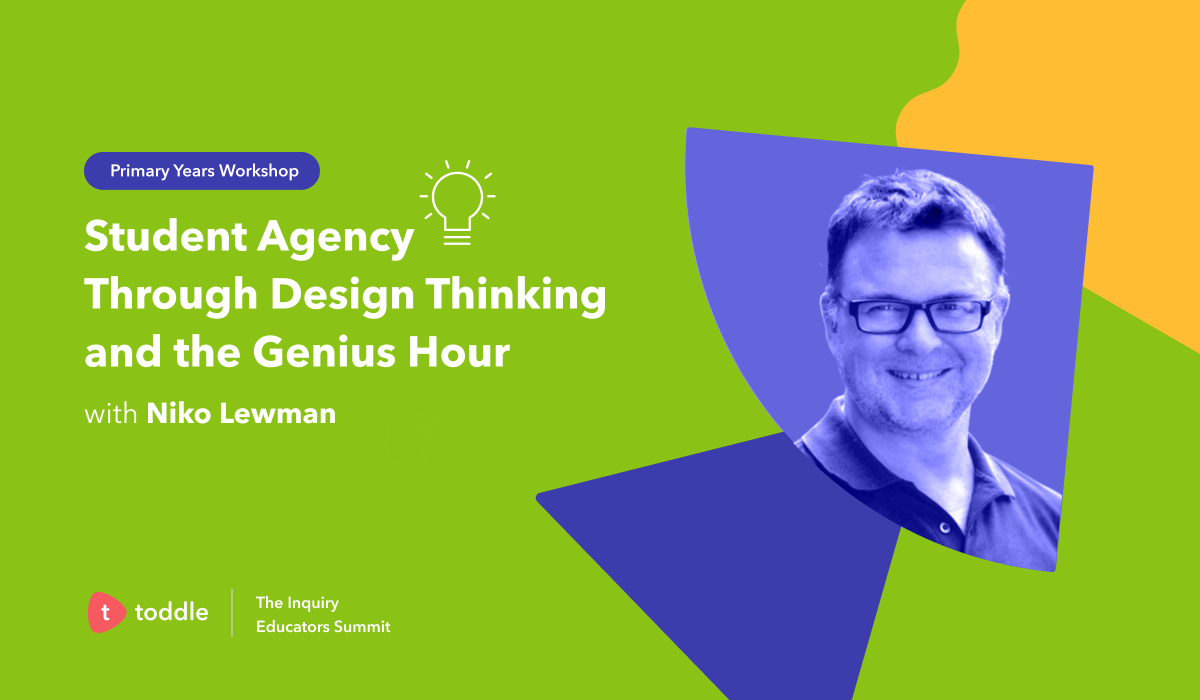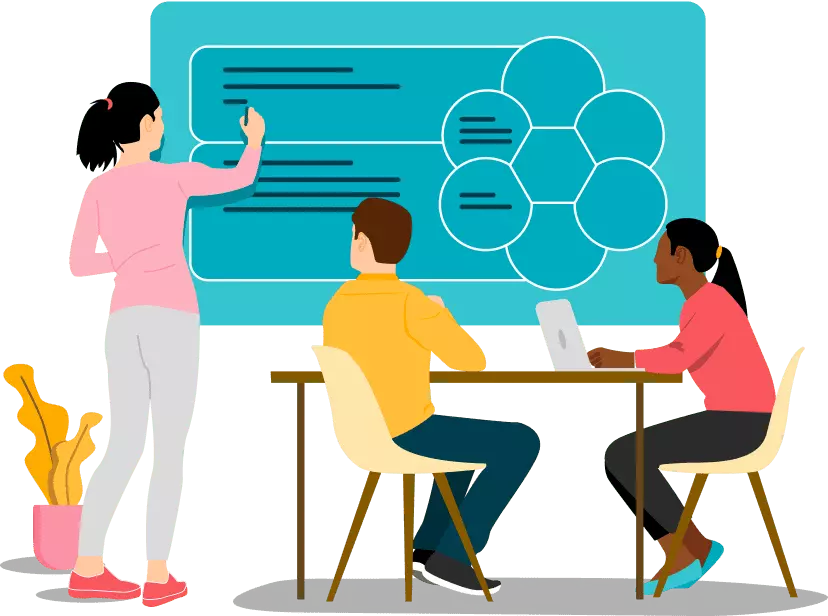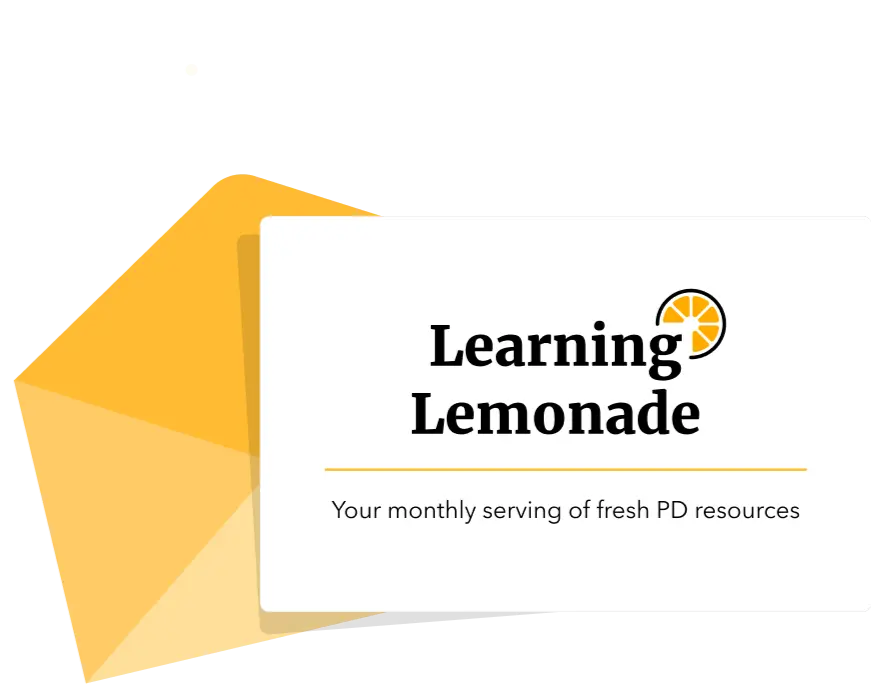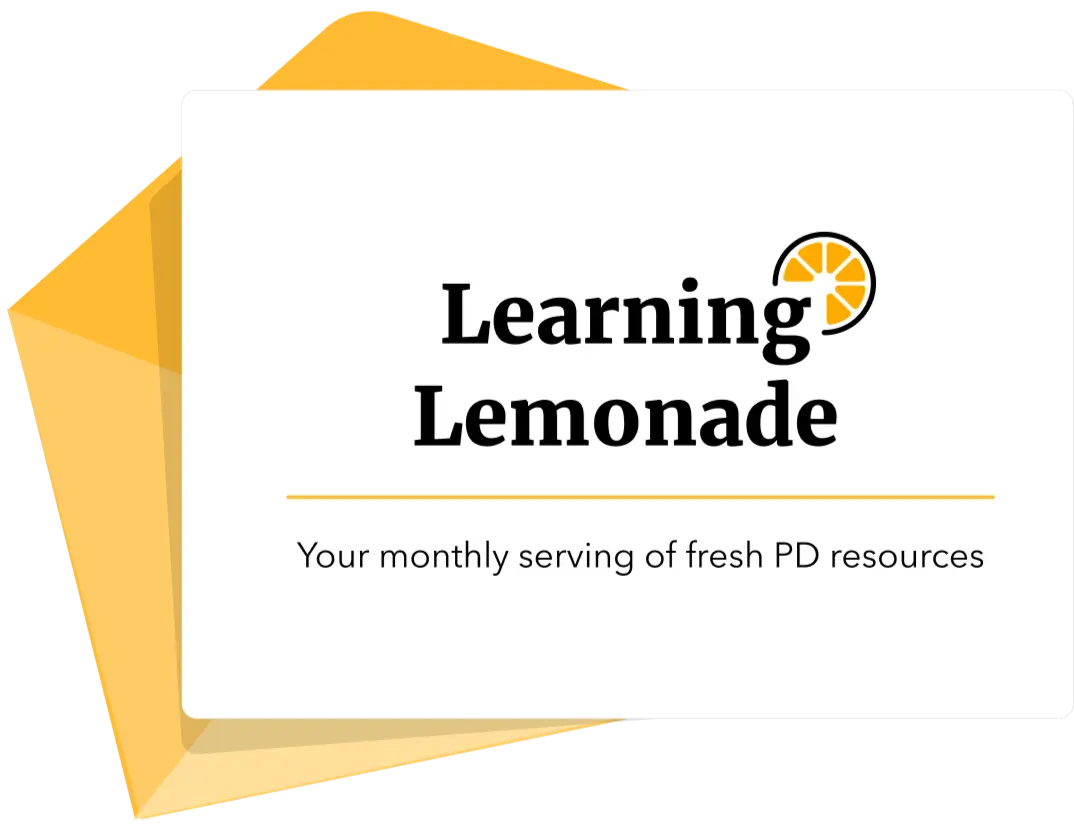How to Assess in the IB PYP: Process Over Product
How we assess in the PYP classroom can feel daunting at first! This section is broken into several parts that will support you along your journey of becoming an assessment capable practitioner.
In this section we will:
- Explain the 4 types of assessment
- Address the summative-assessment elephant in the classroom
- Breakdown what assessment looks like in the classroom with actionable strategies
If we had to summarize the assessment in the PYP in one phrase, it would be process over product.
Rather than focus on what students make or do at the end, how can we shift our focus towards evidencing the learning journey? Think of assessment like storytelling. How will you show a clear picture of where students began, what shifted or grew their thinking, and the challenges and successes they faced along the way?
By thinking of assessment in this way, it truly becomes a shared reflective process for moving the learning forward.

The 4 types of assessment
Principles to Practice outlines 4 types of assessment and visually shows us where we should spend the majority of our time as assessors. We have moved away from the terms formative and summative assessments and towards the four types of assessment outlined in the model below.
Assessments should all be integrated and flow together rather than being thought of as separate elements, as shown in the image below.

Click on each type of assessment to read more about it!
learning
learning
learning
on learning
Monitoring: Quick check in to see student progress compared to the goals they have set for themselves.
Documenting: Capturing the learning journey. Evidencing what has happened to shift and grow thinking along the way.
Monitoring: Quick check in to see student progress compared to the goals they have set for themselves.
Documenting: Capturing the learning journey. Evidencing what has happened to shift and grow thinking along the way.


This is a common misconception from the PYP documentation.
You absolutely CAN still do summative assessments. Having students design, create, perform, and share their learning is a joyous part of being an IB teacher.
However, these assessments should not drive the bus and should be relevant to the learning. They should be one piece of the assessment puzzle and be seen more as one opportunity (among many) to document the learning!
That being said, you don’t HAVE TO. It is perfectly acceptable to have students curate a collection of their work to showcase learning. Again, we are focused on process over product.
What does assessment look like in your classroom?

Before a unit begins
We should go through a process of selecting and unpacking the standards we wish to address in the unit. These should be expressed clearly as what students will know, understand, and be able to do.
Look back at Part-2: What do We Assess for more clarity surrounding this process.
Throughout the unit
You will go through this cycle many times through the course of the unit. To start, identify the knowledge, skill, or understanding you will be focusing on.
Measure current understandings and needs: Think of this like a pre-assessment. You are finding out about students’ prior knowledge- Where are students currently at and how does that connect to the goals you have set for the unit?
Set Individual Goals: Next, engage in a process of goal setting. Based on your data, these may be class-wide goals or differentiated based on the needs arising in your class. In this stage you can think about both remediation and extension. Where are students going?
Monitor and Document: Throughout the unit, collect evidence of challenges and growth connected to goals. What shifted thinking or proved to be difficult? How can you provide a photo album of evidence that shows the learning journey? How are we getting there?
At the end/when appropriate
Reporting: When appropriate, how will you share the learning journey with the learning community? This is a great time to think about all stakeholders. How might families and the greater school community come together to engage with the learning process?
Check out this video for a guided look at this cycle:
What does assessment look like in your classroom?
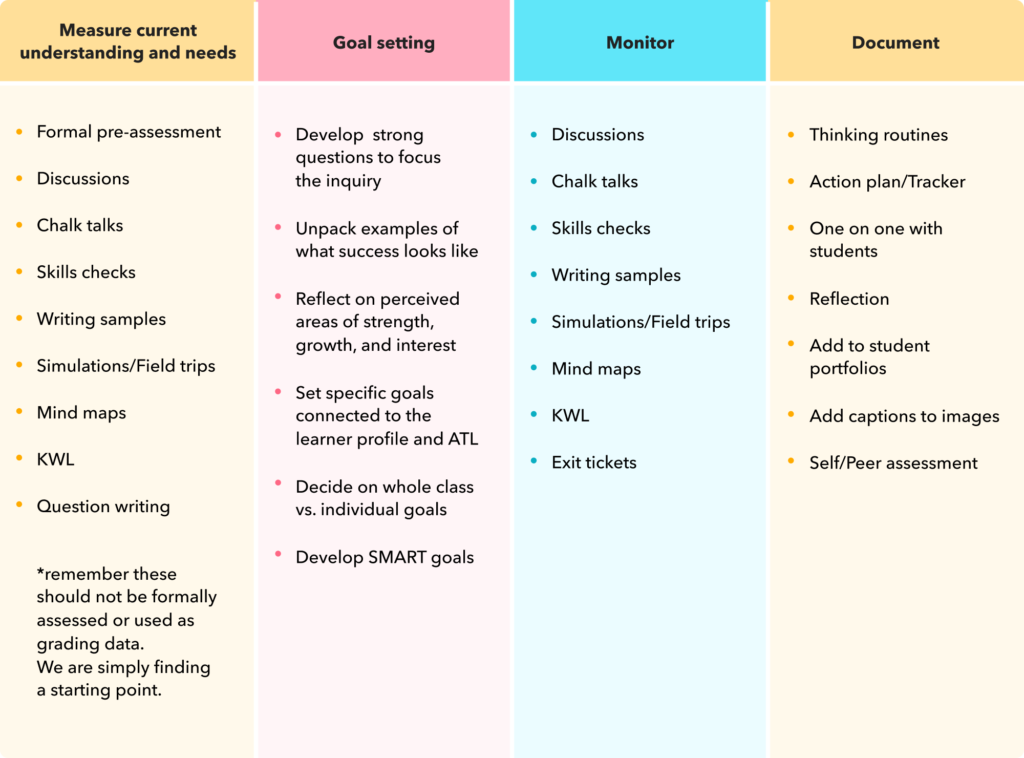
For more ideas about assessments and templates you can use in your classroom, look back at the what we assess blog. Think about how you will assess the new knowledge, understandings, and skills you will develop throughout the unit. Might you use the same assessment multiple times throughout the unit?
Check out this great video from Tokyo International School and use the provided guiding questions to explore how this team is modeling a cycle of assessment:
Conclusion
Assessment is all about balance. As teachers, we partner with students to document the learning journey and adjust the teaching and learning to address needs as they arise. Knowing the different types of assessment and when to use them takes you one step further on your journey as a PYP assessment practitioner.
So far we have taken a deep dive into why, what, and how we assess. In the next section, join us as we explore the role of students in an assessment capable classroom!


